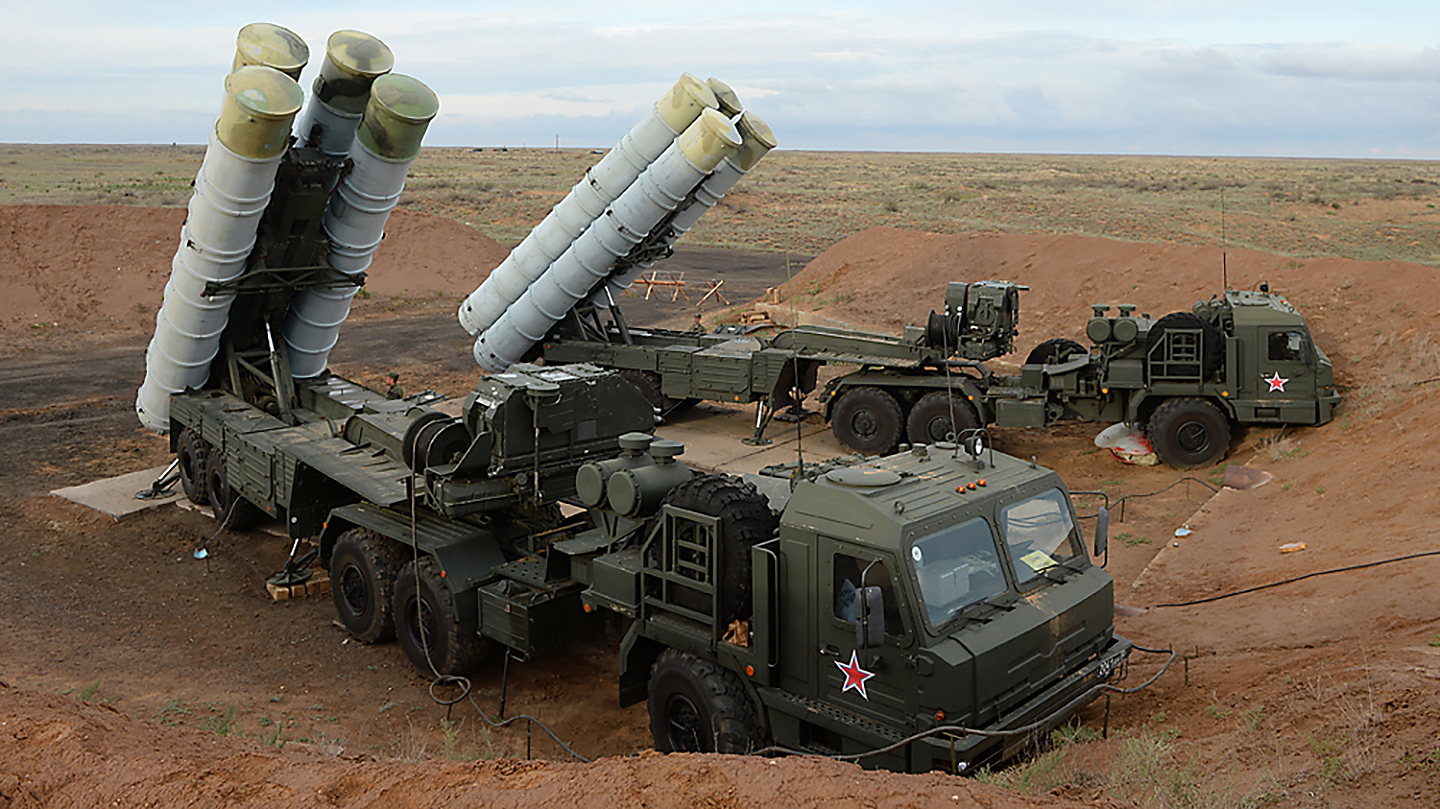Severe damage inflicted on Russian naval vessels in Crimea by Ukrainian air-launched cruise missiles Wednesday and on an advanced Russian surface-to-air missile system there by drones and domestically produced missiles Thursday are the latest examples of the vulnerability in Russia’s air defenses.
Incidents like those and others that are part of a concerted Ukrainian effort to degrade Russia’s vaunted layered air defense network – which includes Buk-M3, Pantsir, S-300, S-400, and Tor-M1 systems, among others – are providing important lessons for the U.S. and NATO. However, the Russians are learning lessons of their own, which may limit the future success of such attacks, the top U.S. Air Force general in Europe says.
“We’ve had some success with the [French-donated] SCALP and [U.K.-donated] Storm Shadow” air-launched cruise missiles, said U.S. Air Force Gen. James Hecker – head of U.S. Air Forces in Europe (USAFE), as well as NATO’s Allied Air Command and U.S. Air Forces Africa (AFAFRICA).
The same is true for U.S.-donated air-launched munitions like the winged JDAM-ER GPS-guided glide bombs and AGM-88 High-speed Anti-Radiation Missiles, or HARMs, Hecker said.
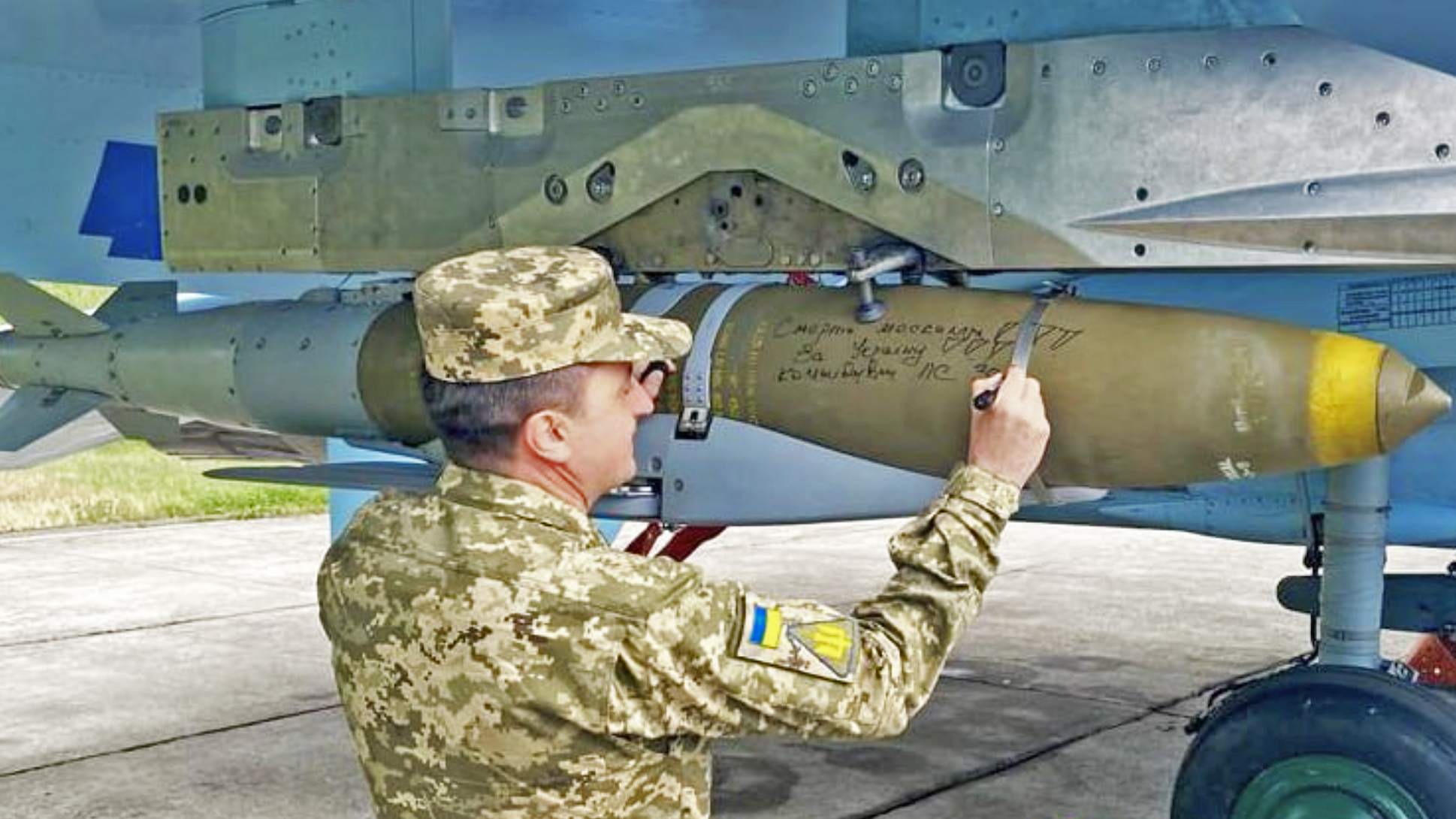
“All of those have been fairly effective,” Hecker told reporters during a media roundtable Wednesday at the Air & Space Forces Association Air, Space and Cyber conference at National Harbor, Maryland. He spoke just hours after the attack on Sevastopol that severely damaged the Kilo class diesel-electric attack submarine Rostov-on-Don (B-237) and the Ropucha class landing ship Minsk. You can read more about that in our original coverage here.
While declining comment on that attack because he was at the convention and not briefed on the details, Hecker said Ukraine has been using its aviation assets during the counteroffensive mostly for hitting targets behind the front lines, against command and control centers, ammunition depots and other logistic nodes as well as bridges.
This approach “slows down” the Russian ability to respond to Ukrainian advances, said Hecker.
Blinding The Eyes
Beyond its air-launched weapons, Ukraine has also carried out numerous attacks with its drones and, in more recent days, with its modified Neptune anti-ship missile converted to a land-attack weapon. You can read more about that in our original reporting here.
On Thursday, Ukraine’s State Security Bureau (SSU) carried out another such attack on a Russian S-400 system near Yevpatoriya in western Crimea. That system, as we noted before, is Russia’s most advanced and capable of any air defense system in widespread use. From our previous report:
“Each self-propelled or semi-trailer-mounted launcher has four missiles, which have ranges up to 250 miles depending on the variant. That range is also highly conditions-based, including the target, its flight profile, and many other factors. Normal engagement ranges are usually significantly less than that. Search and tracking radars, including those in the X- and L-bands, give the complete system the ability to spot and engage both short-range ballistic missiles and low-flying cruise missiles, as well as fixed and rotary-wing aircraft.“
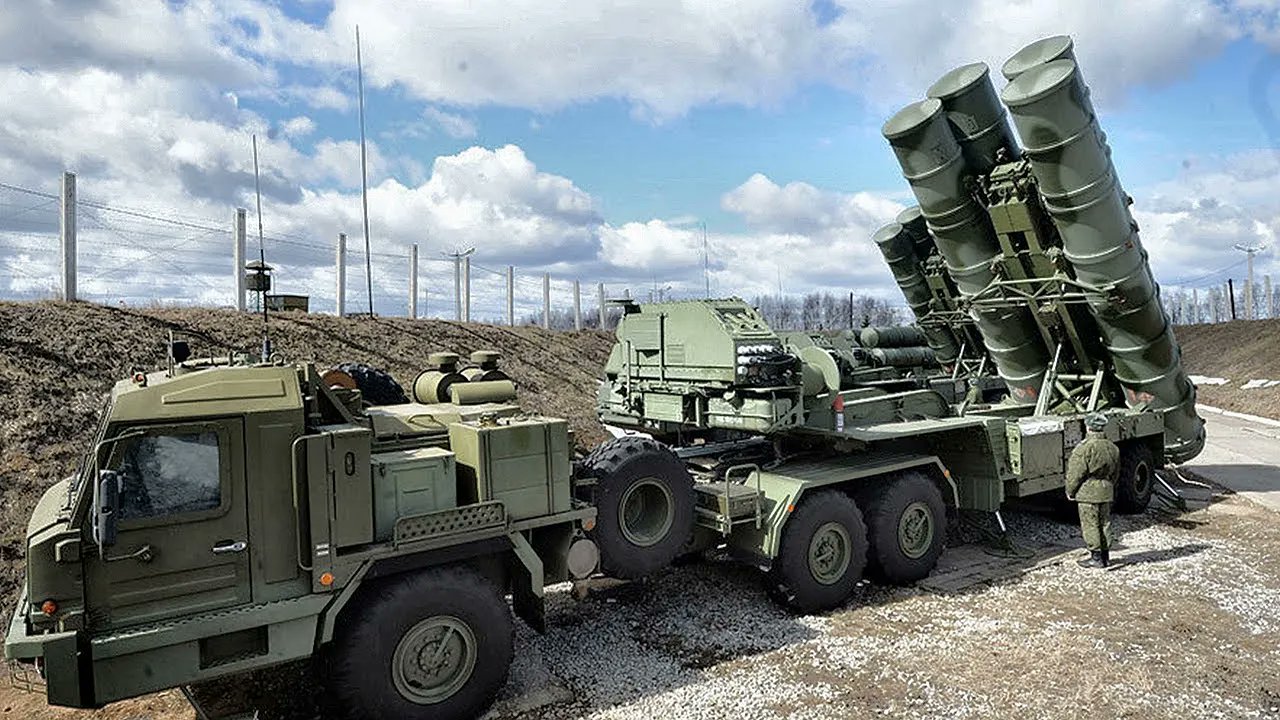
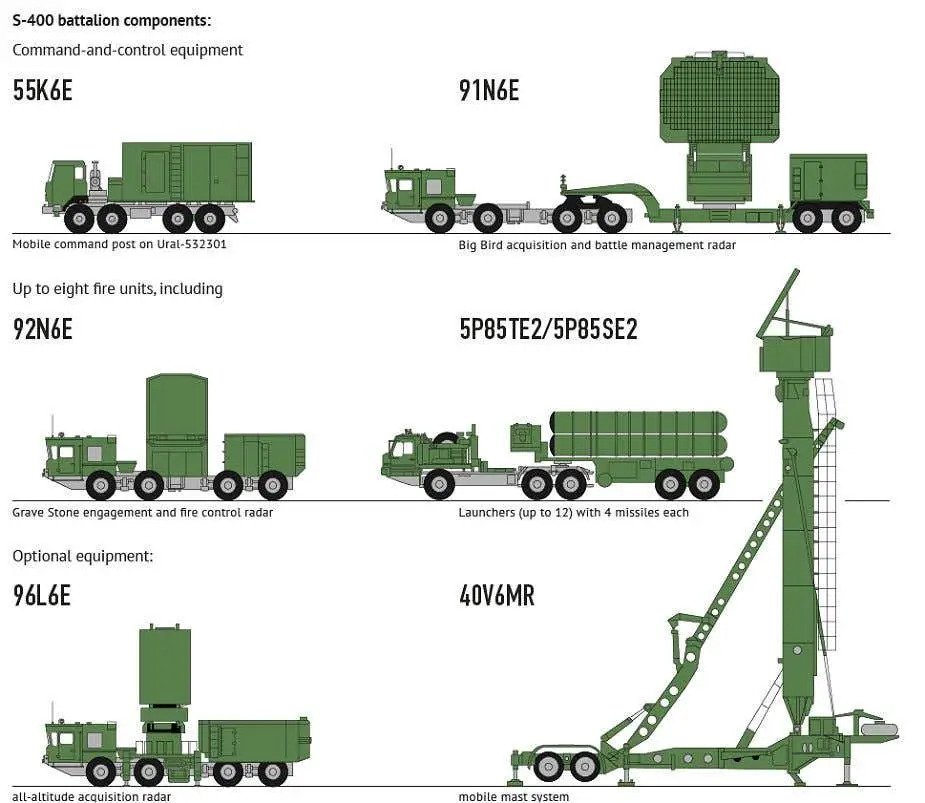
The SSU claimed it took a two-phased approach to taking out the system.
“First, SSU drones hit the ‘eyes’ of the system – its radars and antennas,” Ukrainian Pravda reported Thursday. “After disabling the radar stations, Navy units hit the S300/400 Triumf launch systems, using two Neptune cruise missiles.”
Thursday’s attack was part of a two-pronged Ukrainian effort to degrade Russian air defenses and its ability to supply troops defending against the counteroffensive, Kyiv’s spy boss told The War Zone Thursday in brief comments.
“In the nearest future will be more beautiful strikes,” Lt. Gen. Kyrylo Budanov, commander of the Defense Intelligence Directorate (GUR), told us.
Work to establish a pathway toward increased long-range attacks on the interior of Crimea began last month. That’s when the GUR destroyed a Russian S-400 system using a modified Neptune on Cape Tarkhankut, the westernmost part of the peninsula, jutting out into the Black Sea.
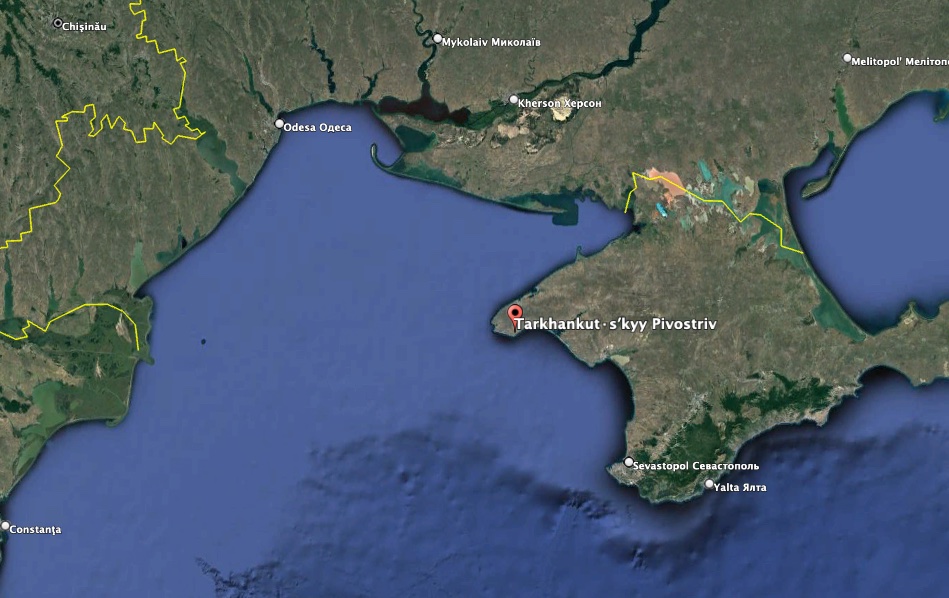
The potential effect of the destruction of that system was something that we noted at the time:
“Taking out this battery would potentially open a hole in Russia’s air defense overlay of the peninsula and the northwestern Black Sea. This could go a long way to ensuring the survivability of standoff strike weapons, like Storm Shadow and SCALP-EG, and other attacks, such as those by long-range kamikaze drones.“
This analysis, with the help of other measures, may have played out Wednesday in what was reportedly the first Storm Shadow/SCALP-ER attack on Sevastopol, a little more than 150 miles from the front lines. We don’t know for sure all the factors that prompted a change in Ukraine’s use of their donated cruise missiles against targets in Sevastopol, but they are not impervious to air defenses and degrading Russia’s ability to detect and engage them certainly would increase their effectiveness against the home of the Russian Black Fleet.
Lessons Learned
Despite Ukraine’s recent successes against Russian air defenses, its pilots will continue to have to fly low-altitude missions to avoid being shot out of the sky, said Hecker.
“They’re gonna have to do that for a while,” Hecker said of low-altitude flying to avoid Russian radar. “It’s very difficult for 31 nations to take out [Russian] integrated air and missile defense systems, much less than one country that doesn’t have the advanced systems that the other 31 and NATO have.”
The promised influx of dozens of F-16 Vipers, likely to arrive sometime next year, will not immediately alter that calculus, he added.
“Just giving them an F-16 is not going to immediately turn the tide and give them air superiority. But it’s a start.”
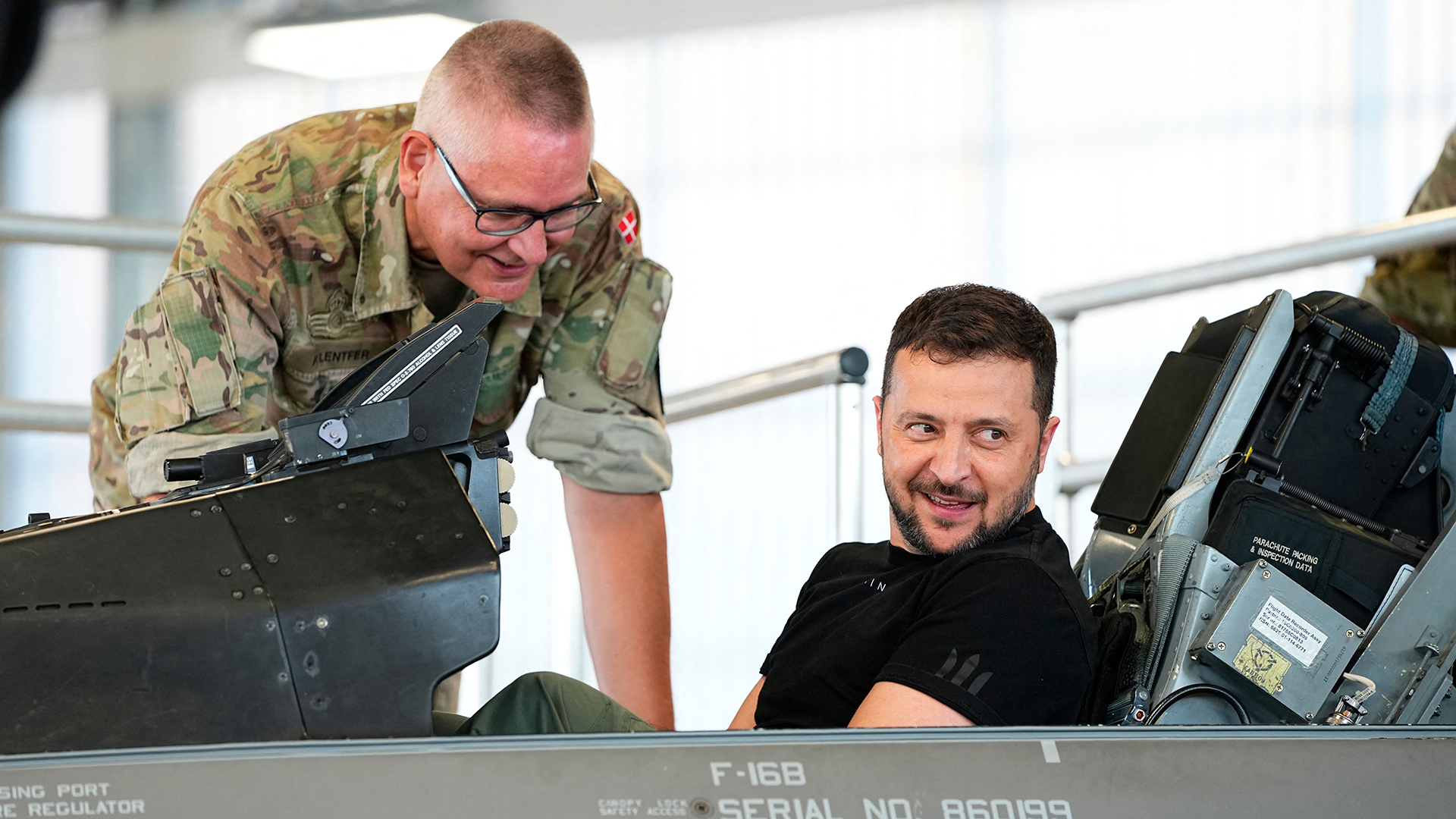
Even under the current restraints, Ukraine is hitting targets and the U.S. and NATO are taking notes, said Hecker.
“We see maybe some gaps that are there. But then we also see things where maybe we thought it was a gap, and it’s not a gap,” he said. “So it’s definitely helping us out. As you know, my number one priority is countering A2AD [anti-access/area denial]. We’re taking all those lessons learned and feeding them into our training plans and how we plan to it.”
In a similar vein, the U.S. is learning lessons about Ukraine’s ability to find the seams in Russia’s strong electronic warfare capabilities, the commander of the 350th Spectrum Warfare Wing said.
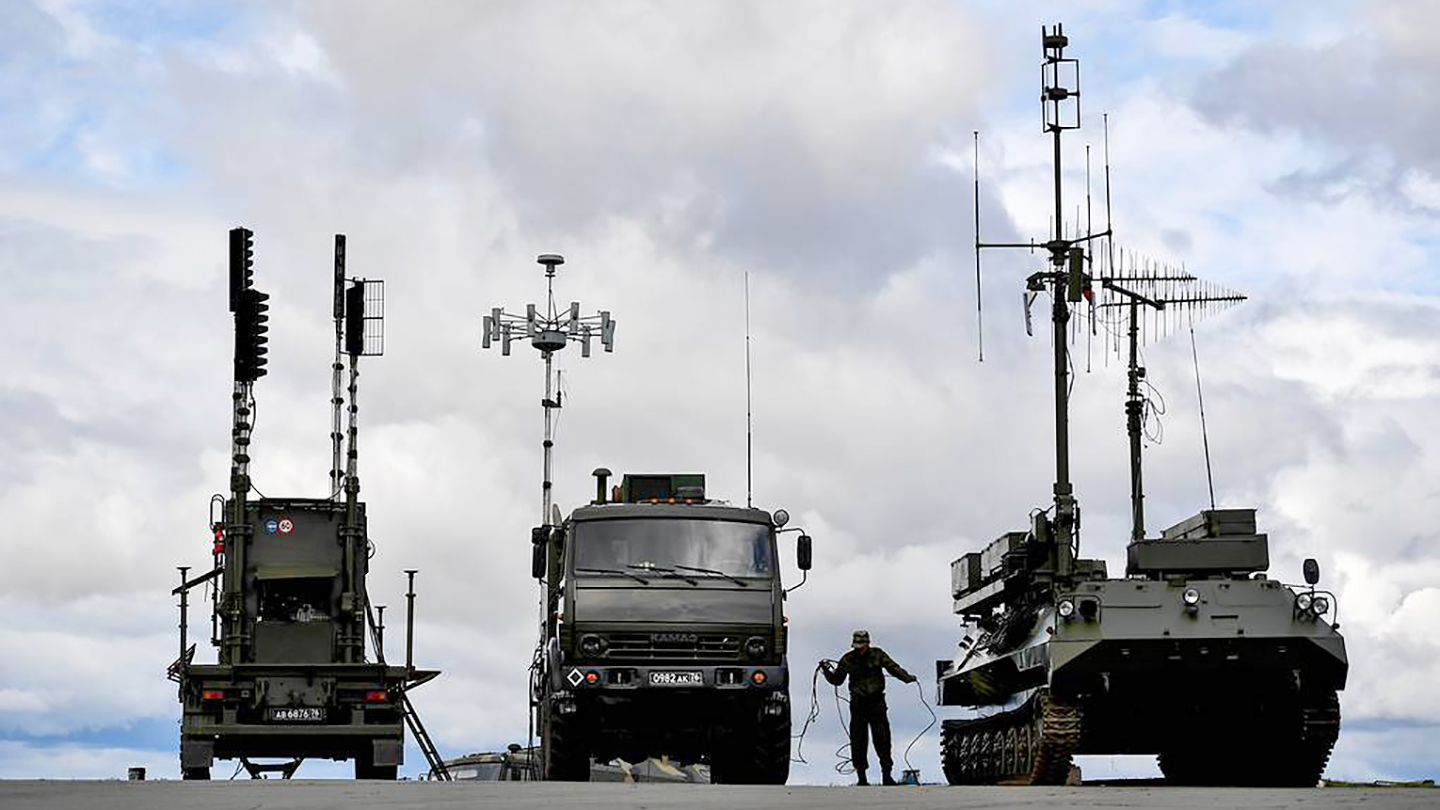
Though at a “lower scale than a peer confrontation with someone like China or Russia, the agility being displayed by both parties in the way that they’re executing operations in the spectrum,” in Ukraine is providing lessons for the U.S., Air Force Col. Josh Koslov told reporters Wednesday at the AFA conference.
Primarily, Russia is trying to deny Ukraine’s ability to maintain command and control of its forces, he said. But Ukraine has been very good at finding locations where Russia has gaps, given the size of the country and the limit on the number and capabilities of Russia’s EW platforms.
“Both sides are doing the cat-and-mouse game very, very well,” he said. “And it shows that in the future for us if we do confront a peer, being agile, being rapid is the key to success in the spectrum. So that’s number one. Number two, not having control of the spectrum leads to fatalities, leads to people getting killed. And we’ve seen that time and time again in that conflict. And so for us learning those lessons, but applying them to the grander scale, it’s how the Air Force is going to fight if we fight our pacing challenge, which is China.”
Another lesson, said Koslov, “is that some of [Russia’s] vaunted systems surface-to-air missile systems haven’t performed at the level that they were hoping, and I look forward to learning more about that problem.”
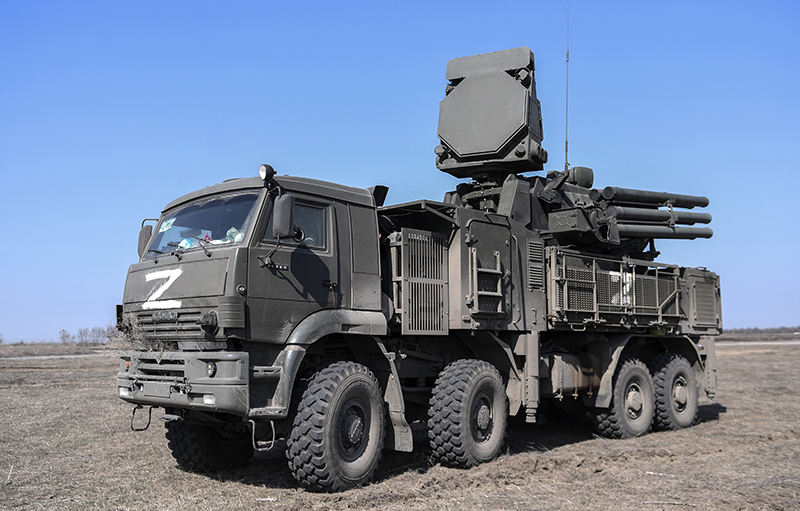
But Russia too is taking notes about the Storm Shadows, SCALPs, HARMs, JDAM-ERs and other munitions that have defeated its air defenses, Hecker said. Each time a new weapons system has been introduced, Russia has pulled back out of range.
“Unfortunately, Russia is getting lessons learned as well,” he said. “They’re making changes. So I don’t know how long we’ll continue to be successful with those types of munitions.”
Still, given Ukraine’s continuing improvements in the use of donated weapons, as well as its ongoing development of domestically produced munitions like the modified Neptune, Kyiv seems to be able to stay a step ahead. There is only so far Russia can pull back in the territory it occupies in Ukraine, but adaptation goes beyond just moving out of range. Tactics and procedures, as well as introducing new capabilities to better confront emerging threats are a natural part of an evolving battlefield, especially one that has been so active for over a year and a half.
Contact the author: howard@thewarzone.com
